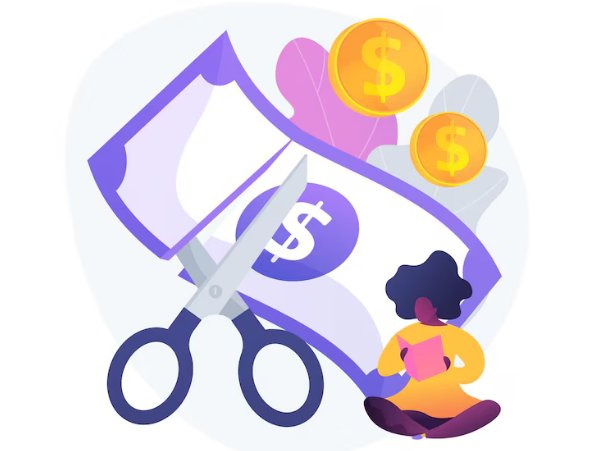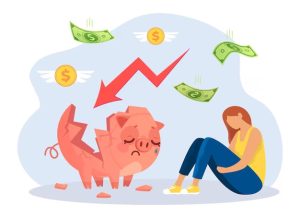Managing personal finances can be a challenging task. With numerous financial responsibilities and tempting purchasing opportunities, it’s easy to overlook unnecessary expenses that discreetly drain your budget. Identifying wasteful spending is a crucial step towards financial stability and achieving your savings goals.
Learning to recognize redundant expenditures in your spending plan is not just about saving money; it’s about creating a sustainable financial future. By auditing your expenses regularly, you can pinpoint areas where you’re overspending and recalibrate your budget to prioritize your financial goals. Let’s delve into the techniques that can help you achieve this.
Recognizing redundant expenses in your financial plan

Understanding where your money goes is the first step to managing it effectively. Regularly scrutinizing your financial statements can reveal patterns in spending that highlight unnecessary expenses. Look closely at your bank and credit card statements for repeating charges or increasing subscription fees.
Single out categories where spending exceeds your initial projections, and assess their actual necessity to your lifestyle. Another method is tracking spending through financial apps or spreadsheets. By documenting each expense, you gain greater insight into your purchasing habits, making it easier to identify areas ripe for adjustment.
Assessing subscriptions, memberships, and habitual purchases
A common area where people tend to overspend is recurring charges like subscriptions or memberships. Many services offer attractive initial deals that gradually increase, often going unnoticed. List all your current subscriptions and evaluate their value and frequency of use. Is that premium streaming service indispensable, or could you consolidate platforms to save money?
Additionally, evaluate your habitual purchases, such as daily coffees or frequent dining out, which can accumulate into significant expenses over time. Striking a balance by limiting these indulgences or seeking more cost-effective alternatives can streamline your spending patterns with minimal lifestyle disruptions.
Cutting wasteful spending through conscious decision-making
Crafting a budget that reflects conscious spending starts with making informed decisions every time you open your wallet. Begin by setting a clear financial vision with specific targets, such as an emergency fund or a down payment for a home. Align your expenditures with these goals to cultivate a mindset focused on long-term financial success rather than instant gratification.
Implementing the 24-hour rule for non-essential purchases can also deter impulse buying. By delaying decisions, you allow yourself time to assess whether an item is truly necessary, encouraging more thoughtful consumption. Such practices not only curtail frivolous purchases but also enhance your overall financial discipline.
Strengthening your financial stability
Spotting unnecessary expenses plays a vital role in enhancing your financial health and ensuring that your income serves your priorities. By adopting a vigilant approach to reviewing expenses and applying practical strategies to minimize waste, you’re on your way to building a robust budget.
Incorporating these habits into your financial routine empowers you to make informed decisions that contribute to long-term savings and financial growth. Taking active steps to eliminate wasteful spending not only boosts your bank balance but also brings peace of mind, knowing that your resources are funding the life you truly desire.





